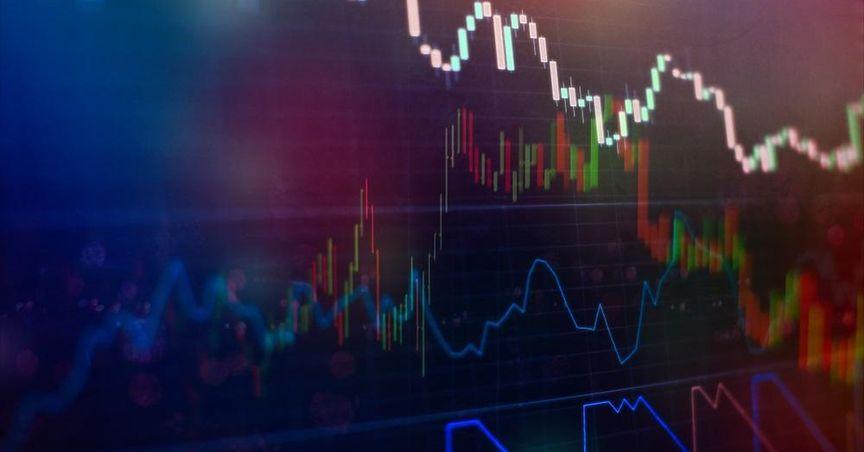Highlights
- AUD projected to reach US70¢ by end of 2025
- US dollar weakness could drive capital shift
- Positive outlook may benefit ASX200 and ASX dividend stocks
The Australian dollar (AUD) could soon see renewed strength, with National Australia Bank forecasting a rise to US70¢ by the end of this year and US75¢ by the end of 2026. According to the latest analysis, the bank anticipates the beginning of a “multi-year bear market” in the US dollar, signaling a significant shift in global currency dynamics.
The outlook is underpinned by an expected decline in the US dollar index, which is predicted to fall 11.5% over the next 18 months, landing at 87.74 points by late 2026. This would mark the end of what many have called the era of “US exceptionalism,” a period where the American economy significantly outperformed other regions, leading to sustained demand for the greenback.
With the US dollar’s dominance potentially weakening, investors are likely to redirect capital into other global markets. The Australian economy, and particularly equities listed on the ASX200, could stand to benefit. A rising AUD often reflects stronger confidence in domestic conditions, encouraging international interest in Australian assets.
This trend may have favorable implications for ASX-listed companies, especially those offering consistent income opportunities. Sectors known for reliable earnings—such as financials, energy, and infrastructure—often feature top ASX dividend stocks. A stronger local currency could enhance the appeal of these stocks to both domestic and international investors, particularly in an environment where capital is seeking stability amid shifting global dynamics.
While currency projections always carry a degree of uncertainty, NAB’s forecast reflects broader trends that are beginning to gain traction. The shifting sentiment around the US dollar, influenced by economic data and evolving monetary policy expectations, plays a key role in foreign exchange markets.
Should the AUD continue its upward path, companies with international exposure may need to adjust strategies accordingly. However, for sectors focused on domestic demand or those with USD-denominated expenses, a stronger dollar could offer some relief in cost management.
Investors and market watchers alike will be closely monitoring the dollar’s movement, as well as developments within the ASX200, to gauge the potential for growth, income, and resilience in the face of changing global economic tides.






